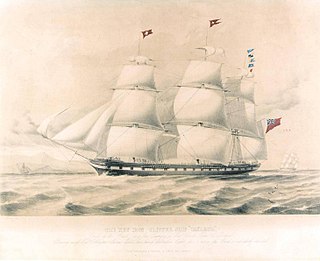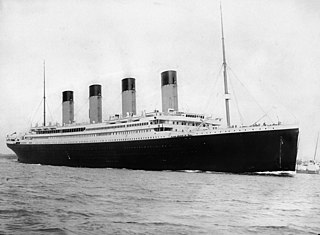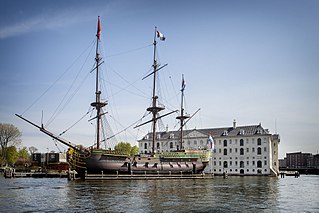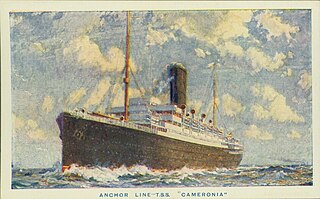This article has an unclear citation style.(December 2016) (Learn how and when to remove this template message) |
The maiden voyage of a ship, aircraft or other craft is the first journey made by the craft in its intended duty. A number of traditions and superstitions are associated with it[ vague ].

A ship is a large watercraft that travels the world's oceans and other sufficiently deep waterways, carrying passengers or goods, or in support of specialized missions, such as defense, research and fishing. Historically, a "ship" was a sailing vessel with at least three square-rigged masts and a full bowsprit. Ships are generally distinguished from boats, based on size, shape, load capacity, and tradition.

An aircraft is a machine that is able to fly by gaining support from the air. It counters the force of gravity by using either static lift or by using the dynamic lift of an airfoil, or in a few cases the downward thrust from jet engines. Common examples of aircraft include airplanes, helicopters, airships, gliders, paramotors and hot air balloons.

A tradition is a belief or behavior passed down within a group or society with symbolic meaning or special significance with origins in the past. Common examples include holidays or impractical but socially meaningful clothes, but the idea has also been applied to social norms such as greetings. Traditions can persist and evolve for thousands of years—the word tradition itself derives from the Latin tradere literally meaning to transmit, to hand over, to give for safekeeping. While it is commonly assumed that traditions have ancient history, many traditions have been invented on purpose, whether that be political or cultural, over short periods of time. Various academic disciplines also use the word in a variety of ways.











